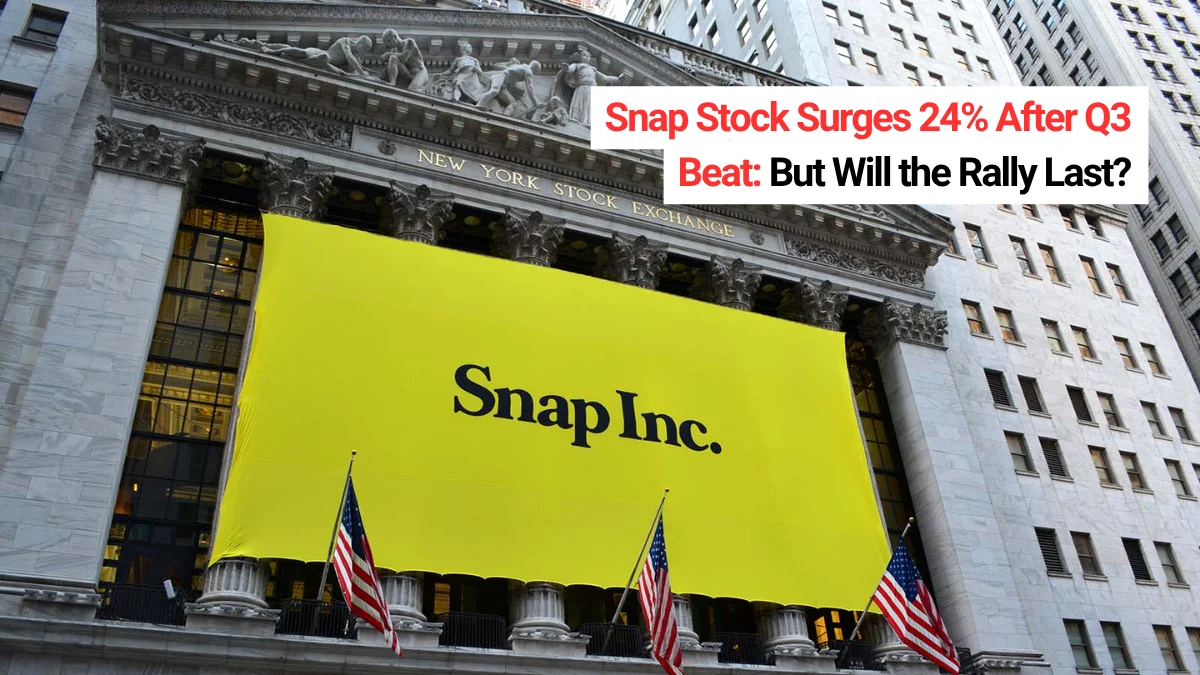Billionaire investor Peter Thiel has made one of his boldest market moves yet by selling all 537,000 Nvidia shares held by his hedge fund in the third quarter. The sudden exit comes at a time when Nvidia crossed a 5 trillion dollar valuation and continues to report sharp revenue growth. While most large investors are adding exposure to the AI boom, Thiel has taken the opposite road with a cut that removed nearly 40 percent of his entire equity book.
His latest filing shows a major shift in strategy. The fund has reduced its total equity exposure from 212 million dollars in Q2 to just 74.4 million dollars in Q3. The move is seen as a warning that the market may be moving too fast toward AI expectations that will take years to turn into real returns.
Key Takeaways
- Peter Thiel sold all 537,000 Nvidia shares, removing the stock fully from his fund.
- The sale erased 40 percent of his previous portfolio in one quarter.
- Thiel also trimmed Tesla, now holding 65,000 shares.
- His fund’s equity exposure fell from 212 million to 74.4 million dollars.
- Thiel now holds only Microsoft, Apple, and Tesla in his public equity book.
- He has warned that AI hype is moving ahead of real economics.
- Other major voices, including Bezos and Burry, also see signs of an AI bubble.
Thiel’s Complete Exit From Nvidia Marks a Sharp Turn
Thiel’s hedge fund, Thiel Macro LLC, made a clear statement with the removal of its entire Nvidia position. The fund sold 537,742 shares, which earlier made up almost 40 percent of the portfolio. It also cleared its Vistra Energy holdings, which added another 19 percent of the book. In a single quarter, nearly 60 percent of the previous portfolio was closed.
The exit comes even as Nvidia posted strong numbers. Quarterly revenue rose from 39.3 billion dollars to 46.7 billion dollars. The company also posted a 56 percent jump in data-center sales. Analysts now believe Nvidia could reach 1 trillion dollars in yearly sales by 2030.
Despite these gains, Thiel believes the market is overpricing the pace of AI growth. He has long held the view that the AI cycle is in a hype phase and that real profits will take 15 to 20 years to play out. The latest move shows he is acting entirely on that view rather than simply talking about it.
The fund’s turnover in Q3 was over 80 percent, showing aggressive repositioning. Only three stocks remain: Microsoft, Apple, and Tesla.
Why Thiel Believes AI Stocks Are Moving Too Fast
Thiel is not new to technology cycles. He has seen multiple waves of hype and correction across two decades. His warnings about AI come from the belief that markets are pricing in future earnings that are far beyond the next decade. For him, Nvidia represents the peak of that enthusiasm.
Other major investors are giving similar signals. Jeff Bezos recently said the AI boom is showing signs of becoming an “industrial bubble.” Goldman Sachs CEO David Solomon has talked about a possible slowdown across the next 12 to 24 months. Investor James Anderson called Nvidia’s rumored 100 billion dollar OpenAI financing idea “disconcerting.”
More sharply, Michael Burry has taken large put positions against Nvidia and Palantir.
These warnings match Thiel’s long-term concern that AI hardware may be scaling faster than the business models around it. While he has praised Nvidia as the clear leader in AI hardware, he does not believe the current valuations reflect the real pace of adoption.
By shifting to Microsoft and Apple, Thiel is focusing on companies with broad revenue bases. These firms can benefit from AI while still depending on steady income from cloud services, hardware, and software.
How Thiel’s Portfolio Looks After the Shake-Up
With Nvidia and Vistra gone, the fund is simplified into three core holdings. Microsoft now holds 34 percent of the portfolio. Apple accounts for 27 percent, and Tesla remains the largest piece at 39 percent even after a major trim.
Tesla’s position was cut by more than 76 percent, leaving Thiel with 65,000 shares. This reduction shows he is lowering risk even in companies he has followed for years. The fund now operates with far less exposure than before, down by roughly 65 percent in one quarter.
Thiel has always been deeply connected to the tech world. He co-founded PayPal, invested early in Facebook, and helped start Palantir. His fund’s latest move reflects his read of the market more than simple portfolio balancing. He sees AI as a long-term shift, not a short-term boom.
His actions show that even with strong numbers from Nvidia, he expects market volatility ahead as investors adjust their expectations.
Conclusion: A Clear Signal From a Veteran Tech Investor
Peter Thiel’s full exit from Nvidia stands out in a year dominated by AI enthusiasm. With markets celebrating rapid growth in chips and data centers, his shift is a reminder that valuations can run ahead of reality. The move also aligns with other major warnings suggesting that the sector may face a cooling period.
By holding Microsoft, Apple, and a smaller Tesla position, Thiel is betting on long-term stability over high-momentum gains. His warning is simple: the AI story is real, but the timelines may not match the current excitement.







